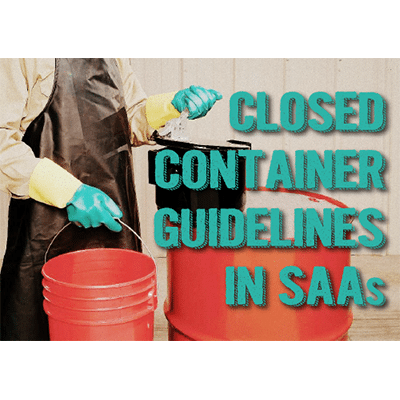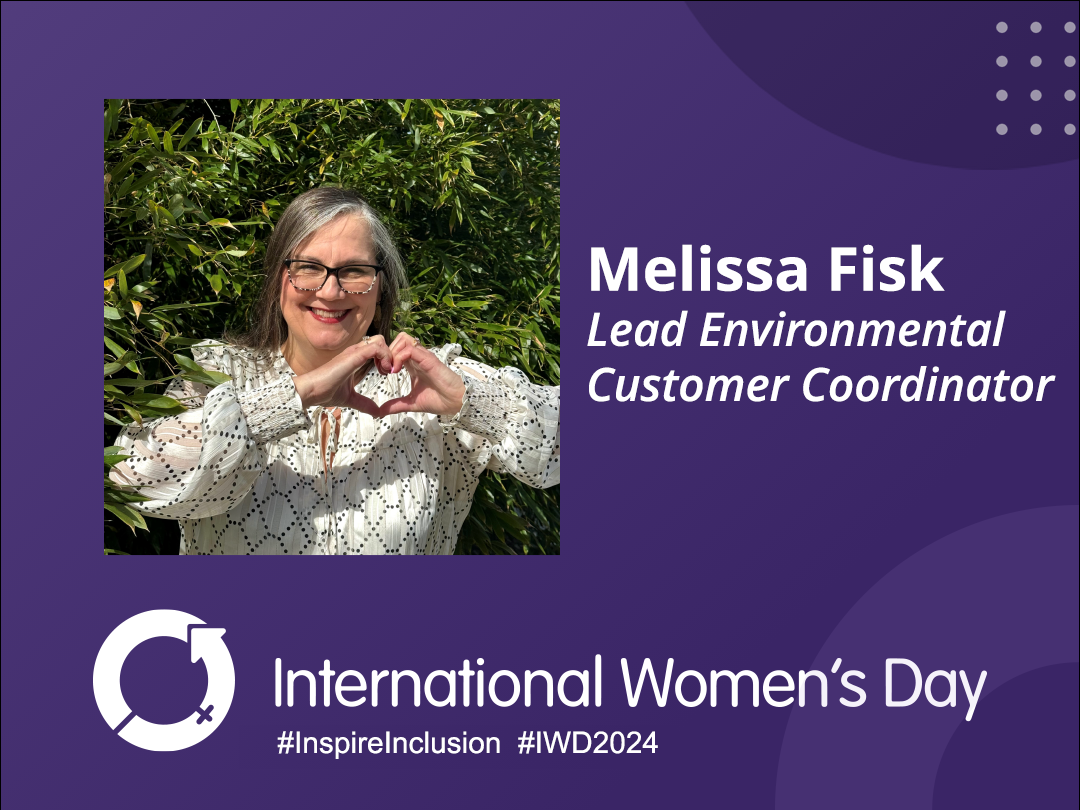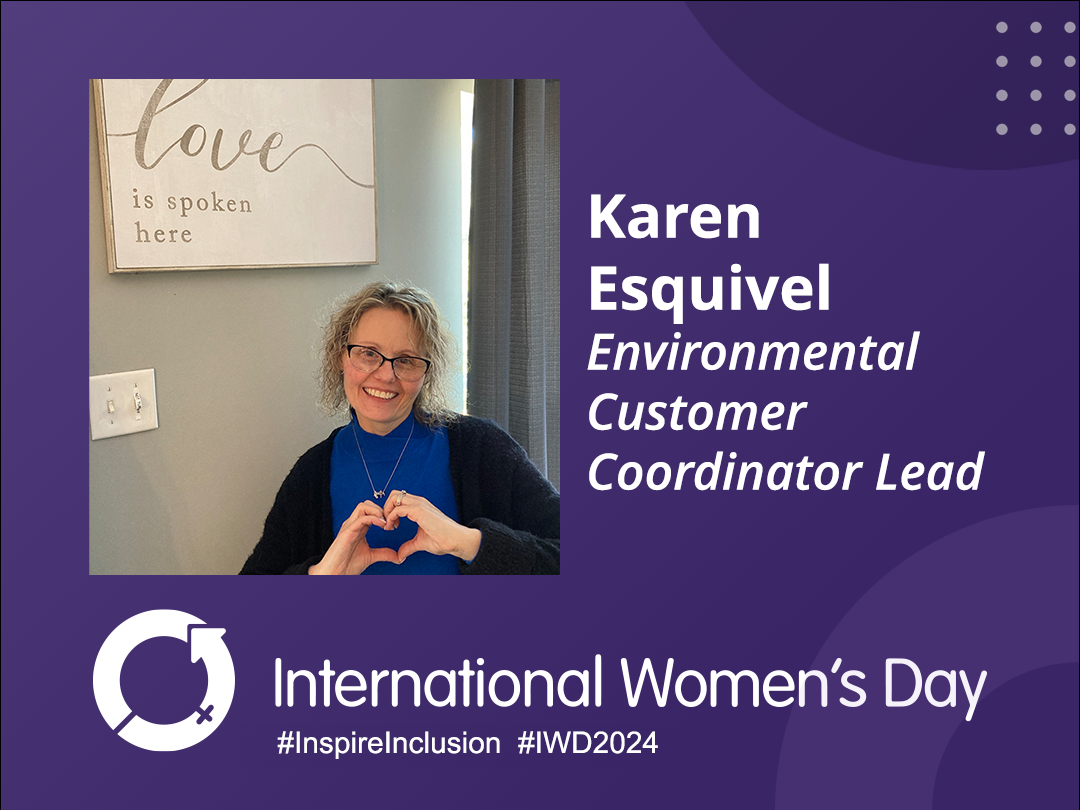
Earlier this week we discussed the guidelines for closed containers in central accumulation areas (CAAs). If you’ll remember, the purpose of these guidelines is to prevent spills and minimize emissions from volatile wastes. Today we are going to talk about what guidelines exist for containers in satellite accumulation areas or SAAs. In particular, we will be covering the closed container guidelines for containers accumulating liquid hazardous wastes in SAAs. Containers containing solid and semi-solid wastes will be covered in a later post.
Unlike CAAs (where waste is often stored after the fact) SAAs are locations in a facility where waste is generated and accumulates in a container. 40 CFR 262.34(c)(1) and (c)(2) set forth the requirements for generators that accumulate hazardous waste in an SAA, including the requirement that the generator must accumulate the waste in a container that is “closed” except when adding or removing waste.
The situation that raises the most questions about closed containers is management of liquid hazardous wastes or free liquids. This includes items like spent organic solvents. These waste accumulations bring up the most questions because so many generators use liquid solvents in their production or manufacturing processes.
The three primary risks associated with liquid hazardous wastes accumulated in containers are risks from inhalation, risk of potential buildup of vapors in the container, and risk of an accidental spill of material. Since the purpose of the closed container guidelines is to minimize emissions and avoid spills, ignitions, or mixing of wastes it is imperative that generators have systems in place to keep containers closed and to prevent leaks or ruptures.
Generally, a container collecting liquid hazardous wastes in an SAA is “closed” when “all lids are properly and securely affixed to the container, except when wastes are actually being added to or removed from the container.” The reasoning behind making sure the lid is totally covering the container is to prevent any volatile emissions from being released and to prevent a spill in the chance case that a container is tipped over.
The EPA recognizes that the frequency with which materials may be added to or removed from a container makes securing lids with snap rings, securely capping bungholes, and/or fastening the lid on by other means inconvenient. That said it is still important that the container is covered tightly. They provide the following advice:
“We believe containers holding free liquids, or liquid hazardous waste, in the SAA would meet the regulatory definition of “closed” through a variety of approaches. For example, special funnels with manually or spring closed lids or other similar closing devices could be used for closed-head drums or closed-top drums (e.g., containers that have two bung holes with non-removable lids).
Similarly, funnels used to add or remove liquid hazardous wastes from these containers would be screwed tightly into the bunghole and fitted with a gasket, if necessary, to seal the funnel lid firmly closed. In some cases, the funnel lids for closed-head drums and closed top drums may be fitted with a locking mechanism. This keeps the lid in a closed position. All other openings on the drum lid should generally be properly closed or capped.
Another alternative is the use of a funnel with a one-way valve that allows hazardous waste to enter the container, but prohibits the waste or emissions from exiting the container… Liquid hazardous wastes also can be accumulated in open-head drums or open-top containers (e.g., where the entire lid is removable and typically secured with a ring and bolts or a snap ring) and meet the definition of “closed,” provided the rings are clamped or bolted to the container.
In some situations, the container could be considered closed if the lid covers the container top securely even though the rings are not clamped or bolted. Several states take this approach, and EPA believes it reflects a reasonable interpretation of the regulations.”
Quoted and cited information (unless otherwise noted) for this blog post was gathered from the EPA Memorandum on Closed Containers. As always, this blog post is not intended to be comprehensive and it is always best to check with the EPA and local government for full, up-to-date, rules and regulations.
More News From Heritage
-
3/12/24
Equal Pay Day – Spotlighting Our Female Drivers
-
3/8/24
International Women’s Week Spotlight – Shannon Dippel
For International Women's Week, we're spotlighting some of the incredible women in the Heritage family. Our final spotlight is Shannon Dippel.
-
3/8/24
International Women’s Week Spotlight – Susan Adams
For International Women's Week, we're spotlighting some of the incredible women in the Heritage family. Our sixth spotlight is Susan Adams.
-
3/7/24
International Women’s Week Spotlight – Lea Wilson
For International Women's Week, we're spotlighting some of the incredible women in the Heritage family. Our fifth spotlight is Lea Wilson
-
3/7/24
International Women’s Week Spotlight – Melissa Fisk
For International Women's Week, we're spotlighting some of the incredible women in the Heritage family. Our fourth spotlight is Melissa Fisk.
-
3/6/24
International Women’s Week Spotlight – Taylor Harvey
For International Women's Week, we're spotlighting some of the incredible women in the Heritage family. Our third spotlight is Taylor Harvey
-
3/5/24
International Women’s Week Spotlight – Karen Esquivel
For International Women's Week, we're spotlighting some of the incredible women in the Heritage family. Our second spotlight is Karen Esquivel.
-
3/5/24
Heritage Environmental Services Announces HP Nanda as CEO; CEO Jeff Laborsky Transitions to Board of Directors
Heritage Environmental Services (“HES”) announced today that HP Nanda will join the organization as CEO.








